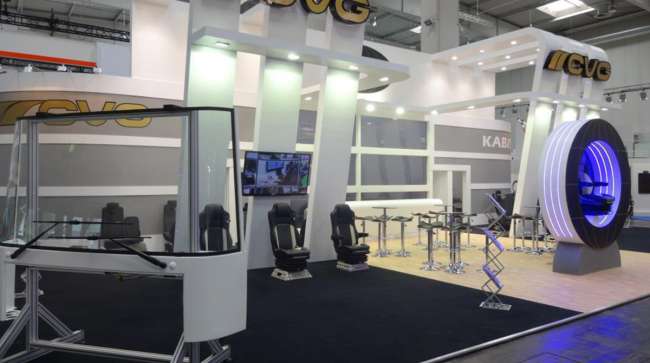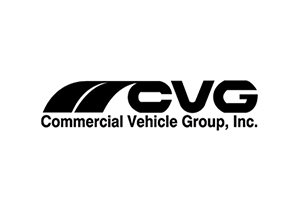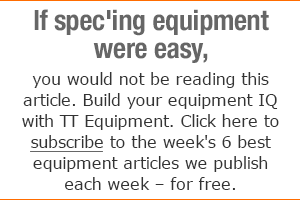Senior Reporter
CVG Reports Net Loss on Higher Revenue in 4Q, Full Year

A tax-related charge led to net losses for truck industry supplier Commercial Vehicle Group in the fourth quarter and full year despite improvement in key markets.
For the period ended Dec. 31, the company reported a net loss of $7.2 million, or 24 cents per diluted share, on revenue of $188.3 million. That compared with net income of $400,000, or 1 cent, on revenue of $150 million in the same period a year ago.
Earnings in the quarter were negatively impacted by an $11.2 million charge associated with the implementation of the Tax Cuts and Jobs Act of 2017, according to the New Albany, Ohio-based company.

The 26% increase in quarterly revenue resulted from an increase in heavy-duty truck production in North America and improvement in the construction equipment markets.
The average Class 8 daily truck build rate in North America increased about 38% from December 2016 to December 2017, CEO Patrick Miller said in a recent earnings call with financial analysts.
“We believe we’ve improved our cost competitiveness and better positioned ourselves for the cyclicality in our markets. We are now seeing higher operating income partly as a result of these restructuring cost containment plans,” Miller said.
Fourth-quarter operating income more than doubled to $8.6 million compared with $3.9 million a year earlier.
For the full year, CVG reported a net loss of $1.7 million, or 6 cents, compared with net income of $6.8 million, or 23 cents, in the 2016 period. Revenue rose 14.1% to $755.2 million compared with $662.1 million in the prior year.
The company supplies cab-related products and systems, such as seats and wiring harnesses, for the global commercial vehicle market, including the medium- and heavy-duty truck market, and the medium- and heavy-construction vehicle markets.
Miller pointed to a number of headwinds his company and the industry overall face.
“Commodity price increases in steel, copper and chemical-based components offset some of the progress due to the lag inherent in the agreements we hold with larger customers allowing pass through of raw material costs,” Miller said.
Year-over-year for the fourth quarter, steel was up about 17% in 2017, polypropylene up 23% and foam up 26%. “Those are extraordinary increases,” Chief Financial Officer Tim Trenary said.
Prices may continue to rise, he said. “We are actively working to reduce this impact in the near-term, as we renew and renegotiate commercial terms with our customers.”
Quickly ramping up production levels in its global truck and bus and global construction and agriculture segments raises costs through training, productivity losses and overtime to meet demand in less stable environments, he said.
At the macro level, Miller said the economy is strengthening and the GDP numbers are good amid rising freight tonnage and tightening freight capacity, driving freight rates higher. “Higher freight pricing and tight capacity typically translates to higher new truck orders, as the fleets increase their equipment investments.”


